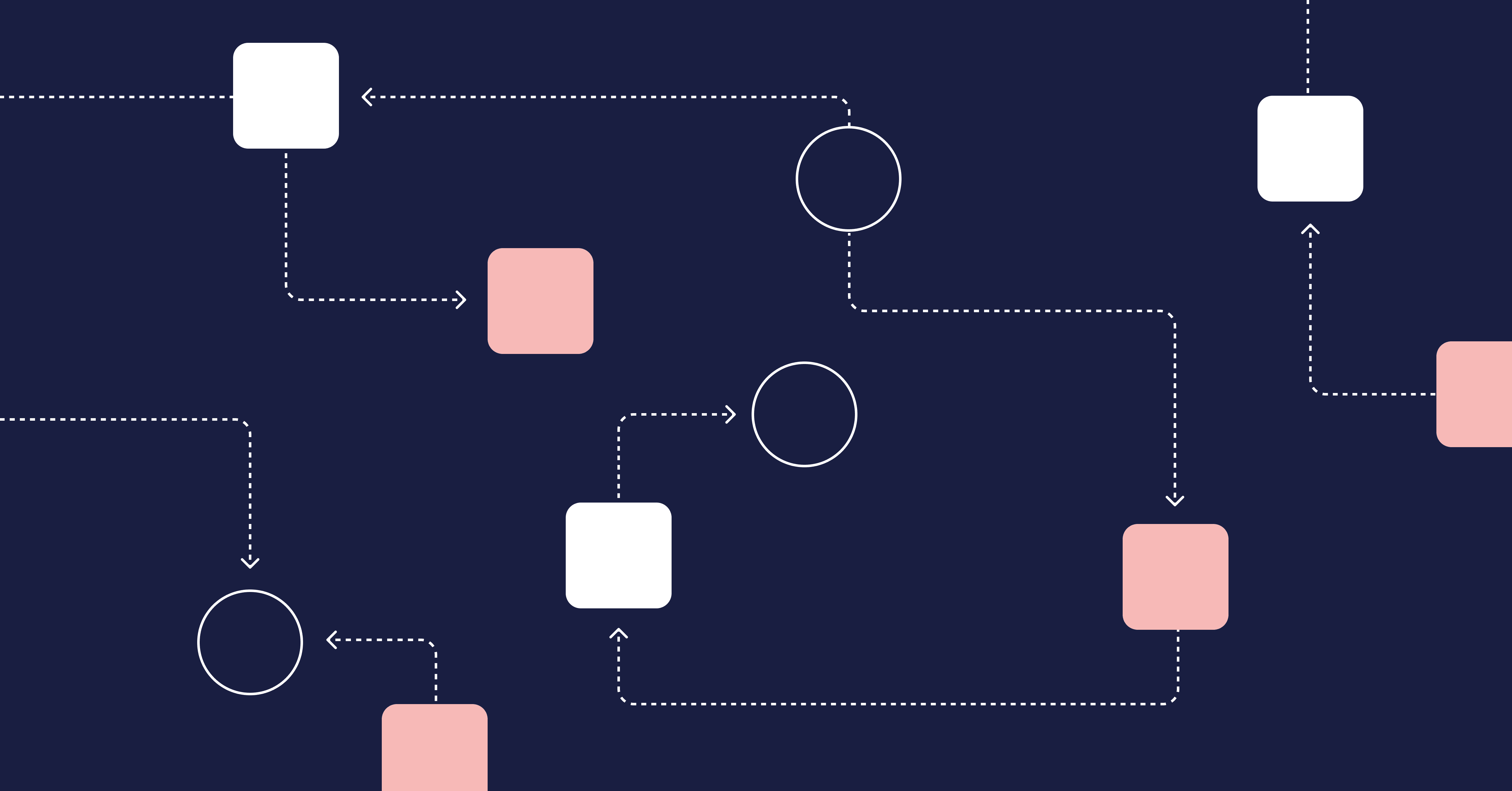Amazon's mission to make video advertising accessible to businesses of all sizes has resulted in a groundbreaking tool that's changing who can create professional video content. Kabir Bedi, Head of Product for Image and Video Generation at Amazon Ads, recently shared how his team developed an enhanced AI-powered video generator that's bringing video advertising capabilities to businesses that previously couldn't afford them.
"We set out on a mission to democratize video advertising so that all types of brands, whether you're a mom and pop shop that's selling one product on Amazon or a large brand selling hundreds of products, are able to use video ads," explains Bedi. The impact has been immediate and measurable: "Over half of the videos that are now getting created are for products that have never been advertised using video on Amazon before."
This transformation represents a significant shift in advertising accessibility, with lessons that extend far beyond Amazon's platform into how engineering teams can approach building AI-powered tools for broad audiences.
Making video creation accessible to all
The fundamental problem Amazon set out to solve was straightforward but substantial: video ads have traditionally been expensive and time-consuming to create, placing them out of reach for many smaller businesses. The solution needed to be drastically simpler.
"We have to make it easy to use, which means how can we reduce the amount of input that's needed from the user to give them a high-quality output," Bedi explains. This philosophy guided the development of their one-click approach to video generation.
The simplicity of use has been crucial to adoption. "One of the features of this product is that it's one click, which means that all the advertiser provides is what product they want to advertise, and we handle everything behind the scenes," says Bedi. This removes the barrier of technical expertise that often prevents small businesses from creating video content.
What makes this particularly powerful is how it eliminates the need for specialized AI knowledge. The tool handles the complex prompting behind the scenes, allowing users to focus solely on their products rather than learning a complex new technology.
Recent enhancements have taken this accessibility even further:
- Enhanced realism showing products in use (e.g., a watch on a wrist rather than just displayed on a table)
- Multi-scene capabilities allowing 3-4 scenes to showcase different product angles and use cases
- The ability to upload existing images or videos and convert them to ads
These features allow small businesses to create videos that show their products in natural settings and realistic use cases—something previously available only to those with substantial production budgets.
Building with the customer at the center
The development of this tool demonstrates the power of bringing engineering teams closer to customers. Amazon's approach centered on ensuring their technical teams heard customer feedback directly.
"We really brought the entire engineering and the science team right in front of customers because we wanted the entire team to hear the feedback from the customers firsthand," Bedi shares. This direct exposure to customer needs dramatically influenced the product's development path.
One striking example came from a baby book company founded by two fathers who had never been able to afford video advertising. Their feedback about how the tool transformed their marketing capabilities "lit up the team" according to Bedi, providing both validation and motivation.
This direct customer exposure led to significant pivots in the technology. The team evolved from using outpainting technology to subject-driven generation based on customer feedback that videos needed to show products in use rather than just their appearance. This represented a substantial technical shift that came directly from understanding the user's perspective.
Bedi's team maintains regular, open meetings where team members can join customer conversations multiple times per week. This creates continuous learning loops that shape the product's evolution and keep engineers connected to the real impact of their work.
Creating a culture of experimentation
The rapidly evolving nature of AI technology requires a different approach to development. Bedi's team established a culture of constant experimentation to keep pace with advancements in the underlying models.
"Bringing everyone on the team closer to the customer, as well as viewing the work a lot more iteratively, because such is the rate of progress in the model development itself," Bedi explains when describing how they've adapted their processes to this fast-moving field.
The team conducts multiple experiments weekly, constantly testing different models and prompting approaches. This highly iterative methodology allows them to incorporate new capabilities quickly as the underlying AI technologies improve.
What's particularly notable is how this experimental culture extends throughout the organization. Bedi emphasizes that "the entire team as well as leadership on the team, is very deeply involved in the experimentation," creating an equalizing effect where everyone contributes regardless of role or level.
This approach has not only accelerated product development but also boosted team morale. Engineers and scientists see direct connections between their work and customer outcomes, while also experiencing the rapid improvement of the technology they're building.
The future of AI-powered content creation
Amazon's video generator represents a broader trend in how AI is reshaping content creation. The tool adapts to different input modalities—whether users start with text, images, or existing videos—and handles the technical complexity behind the scenes.
This multi-modal flexibility combined with the rapid pace of underlying model improvement creates a flywheel effect. As Bedi notes, "The underlying tech is improving so rapidly that if you go week over week, month over month, you will see step-level changes."
For engineering leaders building similar tools, Bedi emphasizes the importance of direct engagement with the technology: "What I've been encouraging the team to do is heavy, heavy knowledge sharing when it comes to on the application layer or at the underlying model layer."
His advice extends beyond just knowledge sharing to active experimentation: "You can't win by sort of being on the sidelines, you have to be playing in the field, and so you have to jump in yourself."
Lessons for engineering leadership
The journey of Amazon's video generator offers more than just a new tool; it provides a modern playbook for engineering leaders navigating the fast-evolving landscape of AI. The core lesson is one of radical proximity: success comes from closing the distance between engineers and the customers they serve, creating tight feedback loops where user needs directly fuel technical innovation. This customer-obsessed mindset, however, must be paired with an equally relentless culture of experimentation, where simplicity for the user is the ultimate design principle.
For leaders, this means fostering an environment where every team member—from junior engineers to senior scientists—is encouraged to learn actively and share openly. It requires moving beyond observation and into direct participation. As Kabir Bedi so aptly puts it, this new era demands a hands-on approach: "You can't win by sort of being on the sidelines, you have to be playing in the field, and so you have to jump in yourself." Ultimately, the teams that thrive will be those who embrace this call, roll up their sleeves, and build alongside their customers.
Listen to Kabir’s full Dev Interrupted episode here:




